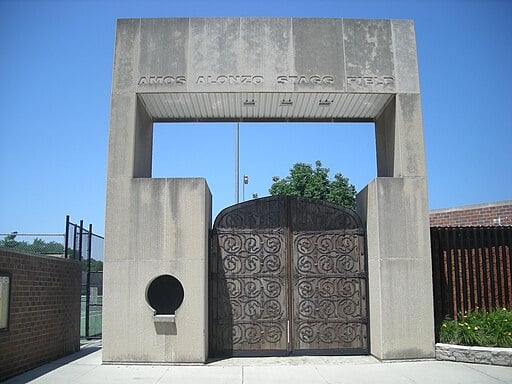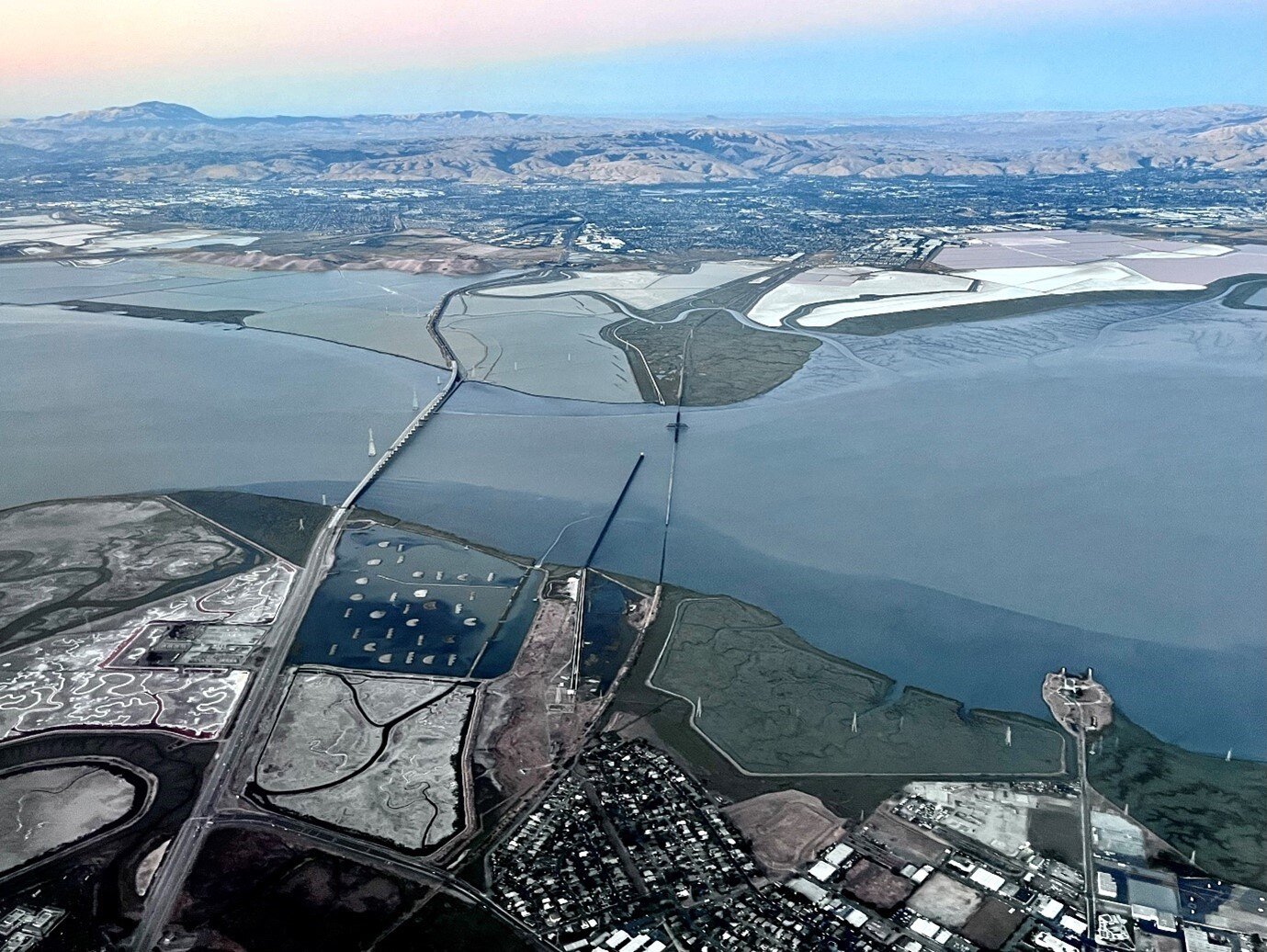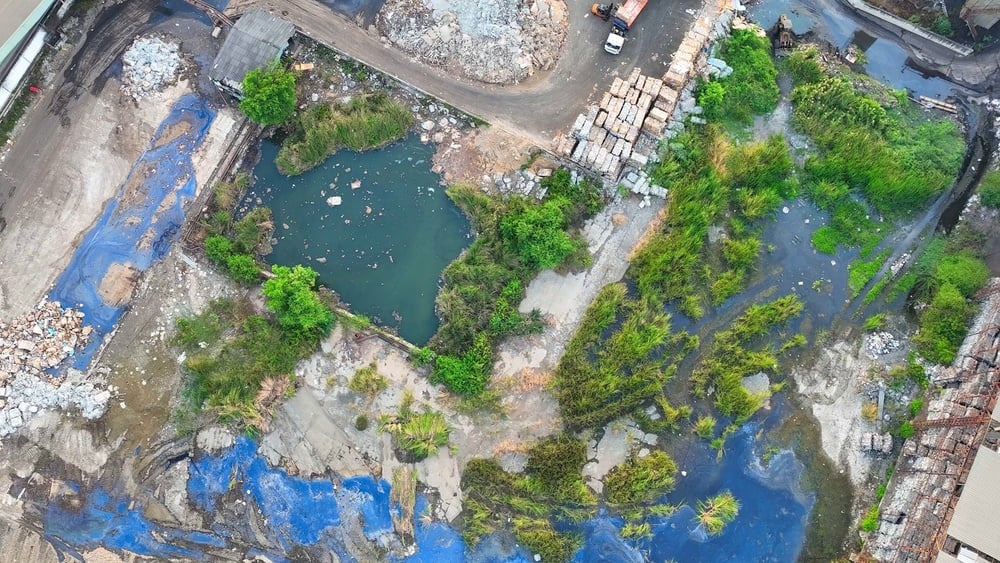I recently saw the blockbuster movie Oppenheimer, the deep and thought-provoking story of the brilliant, complicated, eternally tortured physicist J. Robert Oppenheimer, who was at the forefront, if not the father and brainchild of the human drive to harness nuclear power for human power. From a cinematic perspective, reviews such as that by the New York Times accurately describe the movie as a “drama about genius, hubris and error, both individual and collective…” and also as a story that, while dense, is full of “kinetic excitement.”[1] Other reviews tend to focus on how some current scientists and physicists complain about the “unrealistic” or perhaps not always accurate portrayal of science in this cinematic project[2] to which I say, “Dudes, give it a rest; this is Hollywood.”
But my writing here is not about the entertainment value of Oppenheimer or its historical accuracy and cinematic creativity; instead, I state to the world how this one story of one part of the Manhattan Project brought me back to the genesis of my career as an earth and environmental scientist. In fact, it was directly due to the legacy of the Manhattan Project, and more specifically: (1) the need to clean up the environmental damage brought in by the nuclear age and (2) find space to store and isolate the aging safely, but lethal spent nuclear fuel from all living things, that I owe my career and exceptional professional experience to.
Early in the spring of 1985, as a graduate student at Indiana University, Bloomington, I was getting ready to study the hydrochemical and isotopic conditions of karstic springs in southern Indiana when my lead supervisor, the late Penn State-educated hydrogeologist, Noel Krothe, came to me with a different opportunity to study hydrochemistry – one that would take me to south-central Washington State and the Hanford Reservation situated between the horns of the Columbia and Yakima Rivers. As a Californian (born and raised in southern California, with an undergraduate degree in Geology from the University of California, Los Angeles), I was thrilled with the concept of being able to do my academic work on the West Coast, in the shadow of the Cascade volcanoes (whose Mt. St. Helens eruption of May 18, 1980, excitedly pushed my change in major from engineering to geology). I loved the Pacific Northwest but had no concept of what lay to the Lee of the Cascades and had almost no knowledge of the Hanford Works and its association with the nuclear weapon development of America. But as I drove eastward along the Columbia River, from Portland, Oregon, toward the Pasco Basin and my soon-to-be summer home in Richland, Washington, I learned more about the climate-grabbing power of the Cascades and the massiveness of the Columbia River Plateau than I would ever read in a textbook.
In the land of early windsurfing, ice fishing, and a burgeoning vintner community lay the 500 square miles of the Hanford Reservation and its numerous nuclear reactors that were built in isolation (well before satellite imagery and Google Earth) and with plentiful water thanks to the Columbia River system. My academic research, thanks to a US Department of Energy Fellowship with Rockwell International and then Westinghouse focused on developing a hydrogeochemical reaction path model to simulate and predict the chemical reactions that gave groundwater its characteristics from recharge in the far reaches of the Columbia Plateau to its terminal and salty existence deep in the Pasco Basin beneath the Hanford legacy[3]. Working alongside graduate students from around the nation, we read, coded, studied, researched during the day, and water skied on the Columbia (just downstream from the infamous “N” Reactor) and tasted wine (we were grad students, after all!) following the workday. Our objective was to help the US Department of Energy study the geology, hydrogeology, and biology of the Hanford site – its basaltic layers, flood gravels from the prehistoric glacial ice dam breaks from the ancient Lake Missoula – and help determine if this area would be appropriate for long-term storage of spent nuclear fuel – the Basalt Waste Isolation Project, or BWIP[4]. Long story short, it wasn’t.
But I was forever educated and changed – boarding that summer of 1985 with original residents of the Manhattan Project- created the town of Richland (whose High School mascot was known as the “Bombers”) and its workers who were moved to this location, not knowing what they were to work on. Thanks in part to gaining experience from my research, upon graduation with my Master of Science degree from Indiana University, several job offers from firms in Seattle, Las Vegas, Denver, San Diego, and Albuquerque arrived to offer me an opportunity to continue with US DOE projects related to high-level nuclear storage. Loving the Pacific Northwest (and its volcanos), I chose Seattle and a well-rounded consulting firm to begin my career in January 1987.
The next five years became a dream start for an early environmental consultant who came of age at a time with the US Congress, and many governments around the world were authorizing large budgets to determine how to manage the legacy of nuclear waste. Work projects brought me back to Hanford, but also to Oak Ridge in Tennessee, Rocky Flats in Colorado, the southcentral Idaho basalt field and internationally to the Underground Research Laboratory on the Canadian Shield, to the Stripa Mine in Sweden, and even to Sellafield, England and Dounreay, Scotland. I became an expert in running, evaluating, and modelling hydraulic tests of deep crystalline fractured rock – granite, gneiss, shale, and vitric tuff. I studied the geochemistry of basalt, granite, and secondary minerals, including zeolites. I was getting paid to travel, study, and solve earth-bound mysteries.
When the US Congress started to reduce funds for much of this work in the late 1980s[5], it became relatively easy to transfer my skills to another of our human legacy problems – the characterization and mitigation of other forms of earth and groundwater contamination thanks to our industrial legacy of chemical manufacturing and poor waste handling. But with these projects, initiated in part thanks to the decade-old Congressional Act referred to as “Superfund[6]”, I too found project opportunities around the USA and around the globe from Brazil to Denmark, Hong Kong to Australia. And in a twist of fate, thanks to the vision of a former nuclear engineer who became an environmental project manager for a major corporation with numerous contaminated sites, I became a lead hydrogeologist for designing an application of an innovative in situ geochemical method to clean groundwater contaminated by industrial solvents. Yes, I was in the right place at the right time in the early 1990s to co-design and hydrologically model the first commercial application using granules of zero-valent iron (affectionately known as “ZVI” as a reactant to promote the reduction and destruction of chlorinated aliphatic compounds in a technology now known as the “permeable reactive barrier” or “PRB[7].” This technology, which was discovered by graduate students and research professors at the University of Waterloo, Canada, in the late 1980s[8], remains viable today as a hydraulically passive remedial method for contaminated groundwater and is arguably the world’s first truly sustainable groundwater remediation approach.
I note that working with the PRB led me to more than 30 years of solving complex groundwater remedial problems, speaking at numerous conferences and academic institutions, developing educational short-courses for technical working groups, and meeting wonderful clients, researchers, and colleagues around the globe. As part of the great circle of one’s career, I was part of a team that designed a PRB system to remove radioactive strontium-90 concept from groundwater using one of those old Hanford-researched secondary minerals – a zeolite known as clinoptilolite – to promote ion exchange as a remedy for contaminated groundwater at nuclear site in western New York state[9]. So today, with all the conversation around “sustainable remediation,” I am proud to say that I’ve been able to enjoy a career working on sustainable methods that was born during graduate school and the good fortune I had working with a masterful supervisor who saw the light (academically, not necessarily nuclear) to give me an amazing opportunity.
Seeing Oppenheimer brought the vision of a career to my head like one of those newsreel shows that illustrate the history of one’s life. I knew all those names in the movie and all the locations, from Berkeley to the place under the University of Chicago football bleachers where Fermi promoted those incredible atomic chain reactions[10]. I probably bothered my wife way too much during the movie’s showing with clipped phrases like “I was there,” “I know that name”, “that’s not how Berkeley looked in the 1930s!” and “The H should be above the B not below it” – the latter referring to a chalkboard map in the movie drawn to show the connections between the various field laboratories of the Manhattan Project.
My career is also based on what some may say is related to human immorality. Yes, the scientific pursuit of knowing the atom is at the core of it – but harnessing the massive power of the basic building blocks of our mere existence has taken us to a very dark place, one that some may say we should have never traversed. One only heeds the words of Dr. Oppenheimer himself – a chilling and deep introspective that is both haunting and a warning for humanity[11]. Yes, my career came as a response to this nation's and the world’s political hijacking of scientific pursuits, but I thank my fortune that I could give back and provide some salvation to restoring even a small part of the world we damaged. Finally, I hope and pray that we will never have to clean up more such legacies – legacies that have the capability to remove life from the planet - because they may be our last if we are not careful.
Scott Warner has had a 35+ year career as a consulting hydrogeologist and groundwater remediation specialist. He has his M.S. in Geology from Indiana University and a B.S. in Engineering Geology from the University of California, Los Angeles. He is also a Principal Hydrogeologist with the consulting firm BBJ Group. In a part-time capacity, he is working on his Doctoral degree in Environmental Remediation at the University of Newcastle, Australia, studying the effects of climate change on groundwater remediation design under the supervision of Laureate Professor Ravi Naidu with the Global Centre for Environmental Remediation.
Resources
[1]https://www.nytimes.com/2023/07/19/movies/oppenheimer-review-christopher-nolan.html
[2] https://www.theguardian.com/film/2023/jul/27/facts-oppenheimer-got-wrong-australian-scientists-review
[3] Warner S., et al. 1986. Modeling the Geochemical Evolution of Groundwater within the Grande Ronde Basalt, Columbia Plateau, Washington. (Abs.) Geological Society of America Abstracts with Programs, v. 18, p. 782. 1986
[4] https://www.nrc.gov/docs/ML0403/ML040360608.pdf
[5]https://guides.library.unr.edu/yuccamountain/timeline1982to1987
[6] https://www.epa.gov/superfund/superfund-history
[7] https://doi.org/10.1061/(ASCE)0733-9372(1998)124:6(524)
[8] Gillham, R. W. and S. F. O’Hannesin. Enhanced degradation of halogenated aliphatics by zero-valent iron. Groundwater 32(6), 958-967 https://ngwa.onlinelibrary.wiley.com/doi/10.1111/j.1745-6584.1994.tb00935.x
[9]Warner, S., D. Bablitch, and R. Frappa. 2012. PRB for contaminated groundwater. The Military Engineer, Society of American Military Engineers, 104(675), 53–54, January-February 2012
[10] https://ahf.nuclearmuseum.org/ahf/key-documents/fermi-chicago-pile-1/
[11]https://www.atomicarchive.com/media/videos/oppenheimer.html




